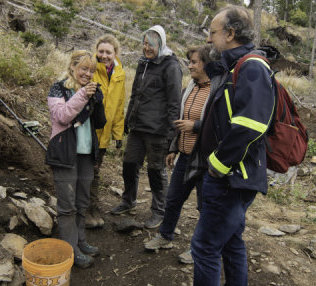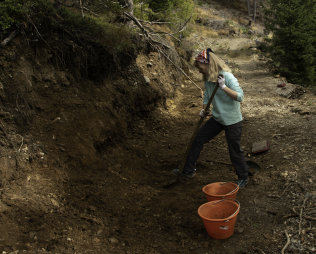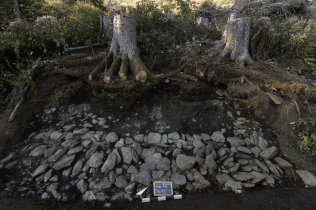The Trentino Alps
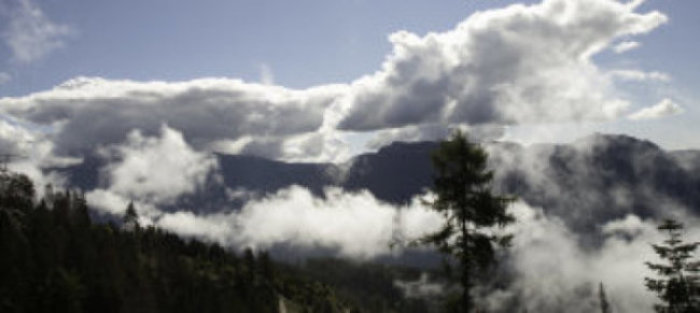
The Trentino Alps have always been a source of various resources. Traces of medieval and modern mining are still visible in many places, such as on Monte Calisio and in the Val di Mocheni. We know far less about prehistoric mining, and the extent of Late Bronze Age mining could only be indirectly deduced from the large number of smelting sites known in the region. Whether the Vetriolo deposit, located at about 1750 m a.s.l., was exploited in the Bronze Age has been a matter of debate up until now.
Late Bronze Age Mining in the Southern Alps
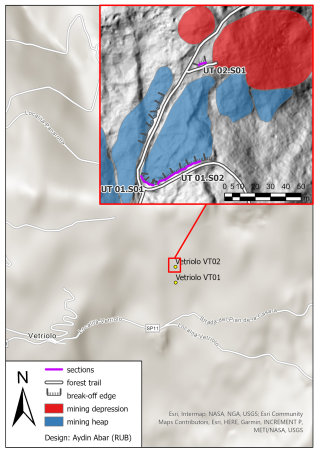
In September 2021, exactly 60 years after Ernst Preuschen's first works, a small team from the Ruhr-Universität, in cooperation with inspectors from the Ufficio beni Archeologici (UbA) of the Soprintendenza per i beni Culturali, Trento, started an excavation at the site finding evidence for Late Bronze Age mining in the area of Vetriolo, close to the modern city of Levico. Core drillings were made in collaboration with the geoarchaeologist dott. Michele Bassetti (CORA). The analysis of the core drillings, soil samples
First results
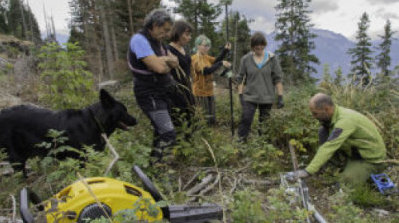
and radiocarbon dating of layers and finds is still in progress. Still, initial results from the current excavations show that the heap bodies, which are breaking through the cover layer, contain Late Bronze Age ceramic fragments, as well as a large number of macrolithic tools (see Munching the Mountains project), which, due to their specific shape, can be dated to the Late Bronze Age.
Seasonal settlement on 1800 m a.s.l.
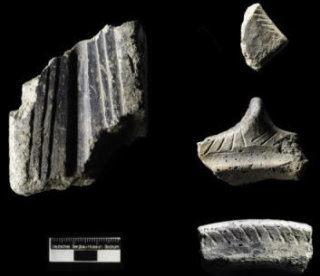
In addition to the heaps and pings, there is another exciting finding. Between the area of the beneficiation dumps at around 1720 m and the mining heaps and depression at about 1770 m, there is a small area in which an undiagnostic fragment of a needle was found as early as summer 2020 by the UBA. The cut yielded various layers of debris, some of which appear to contain a lot of organic matter, ash and, above all, charcoal due to the very dark colour. Animal jaw and tooth fragments come from these layers and several pieces of Late Bronze Age pottery of the Luco/Laugen-Melaun stage A, including pieces of the typical Laugen-Melaun pot. Particular highlights were the find of a possible non-ferrous metal chisel and a casting mould fragment of a lance.

